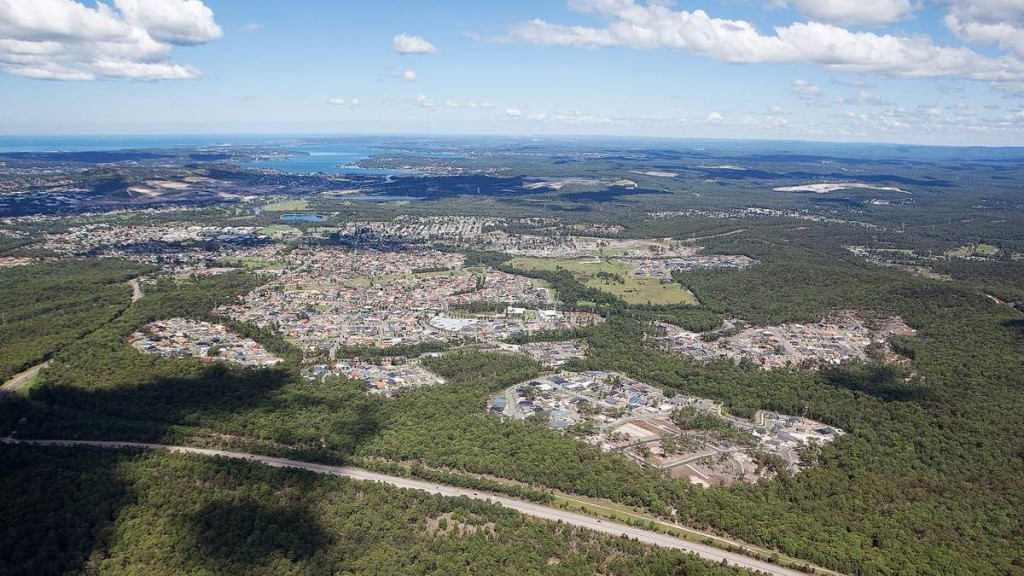A shortfall of more than 1000 new houses a year in the Lower Hunter is reducing housing affordability and penalising first home buyers, property experts say.
The Lower Hunter State of the Land 2014 report said land release areas identified in the state government’s Lower Hunter Regional Strategy of 2006 had “generally failed to deliver” the level of housing needed.
The report was funded by the Urban Development Institute of Australia’s Hunter branch and prepared by Newcastle West firm Monteath & Powys.
While there appeared to be many subdivisions in development at the moment, the report said more needed to be done to ensure a continued supply of new housing.
“The reality is [housing development is] still way down on what we actually need,” Urban Taskforce Australia chief executive Chris Johnson said, although housing supply had “picked up in the Hunter, Sydney and generally across NSW” in the last 1½ years.
“Just as we’re starting to catch up a bit with housing supply, we’re finding the population is rising faster than expected.”
The State of the Land report said there was a shortage of about 700 new dwellings a year in the Lower Hunter, but unexpected population growth added an extra 460 dwellings a year to this figure.
Mr Johnson said people were “not leaving to other states, where housing is cheaper, to the extent they were”.
“We’ll have to work even harder to get more housing built, particularly at the affordable end for younger families,” he said.
The report said the median sale price for vacant residential land hit $193,500 in 2013, with 45 per cent of vacant lots sold in the Lower Hunter costing more than $200,000.
Blockages to housing development included government “red tape”, failure to match development with adequate infrastructure and environmental constraints.
The Urban Development Institute of Australia called for the Lower Hunter Regional Strategy to be updated, along with an accompanying growth infrastructure plan.
The strategy needed to be monitored to ensure it was delivering what was required.
Most Lower Hunter housing supplied since the 2006 regional strategy had come from developments already in train at that time – including subdivisions at Thornton North, Aberglasslyn and Gillieston Heights – or from existing urban areas such as Fletcher and Cameron Park.
Some of these areas are “approaching their ultimate development yield”, the report said.
Among them are the McCloy Group’s Northlakes Estate at Cameron Park.
“We’ve had exceptional sales out there in the last couple of years,” McCloy Group managing director Brian Swaine said.
The first sale in the 1500-lot development was in 2001.
Mr Swaine said the remaining 197 lots were forecast to sell out during the first half of 2016.
“We have, however, an even supply for the bottom or lower end at present.”
However, he said “if we don’t keep approving well-planned infrastructure and developments now, we will have some epic supply issues in future”.
This would cause affordability problems “throughout the whole market place” for buyers and renters.
Source: Newcastle Herald, 2 January 2015

